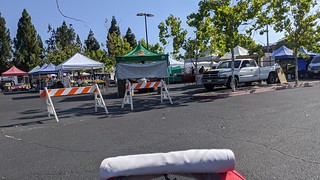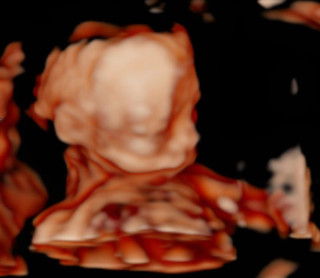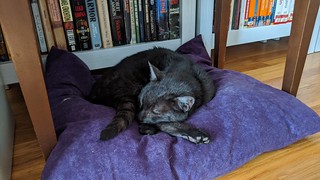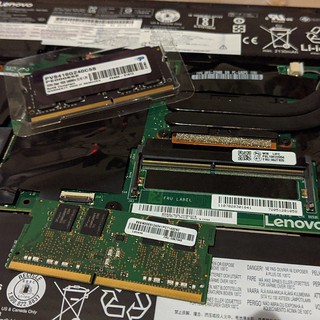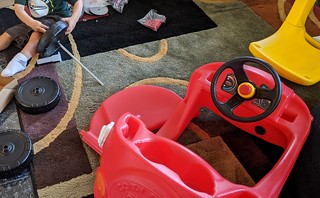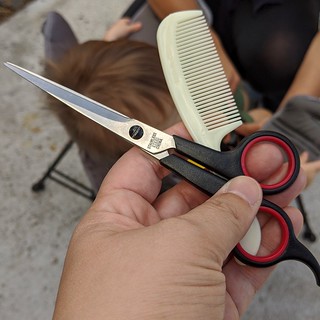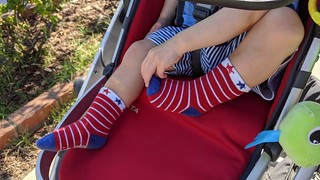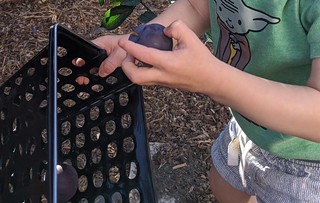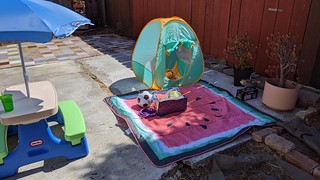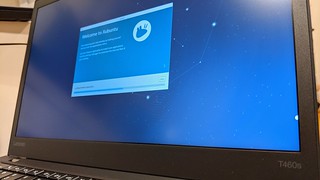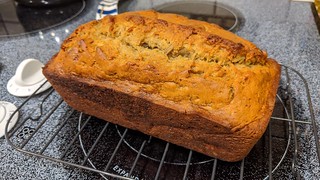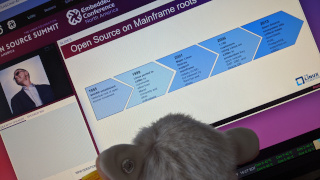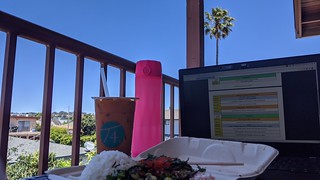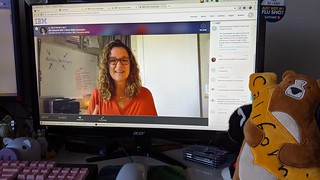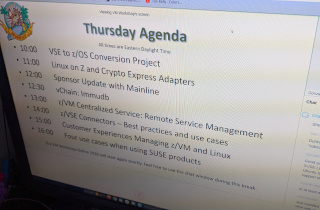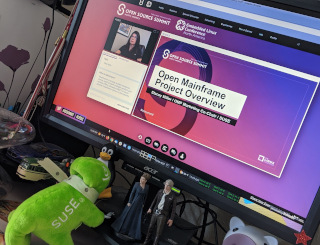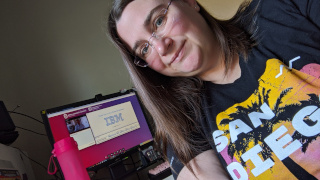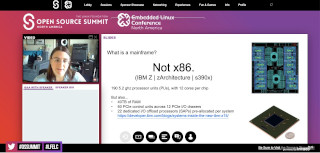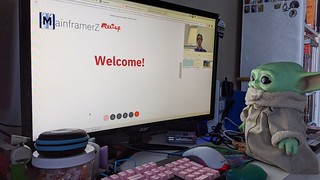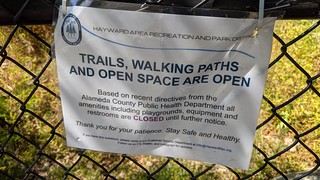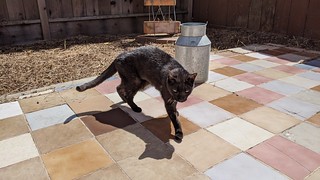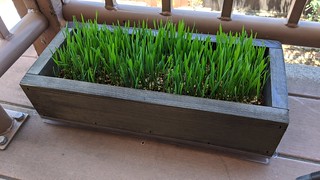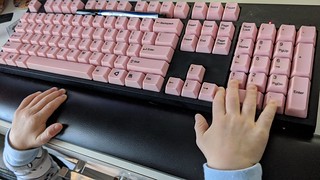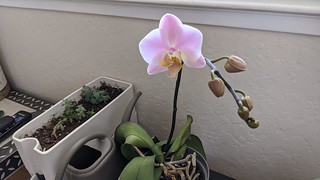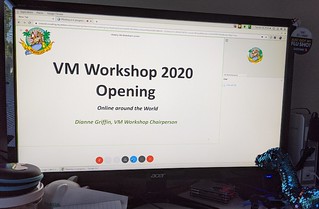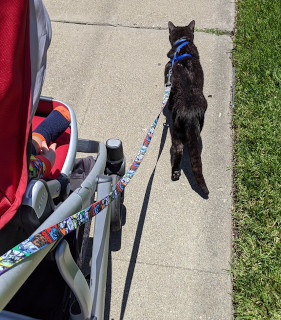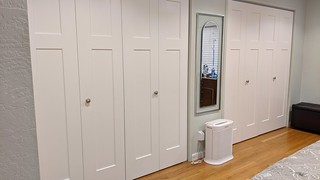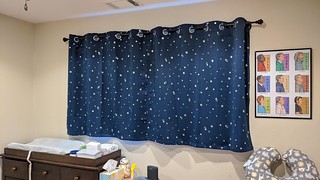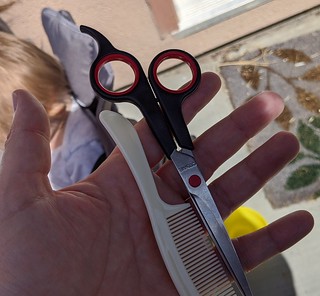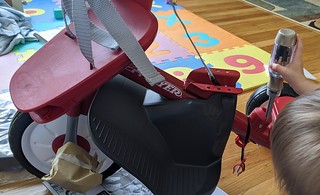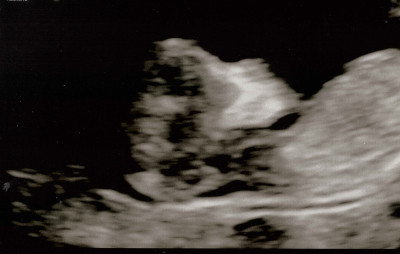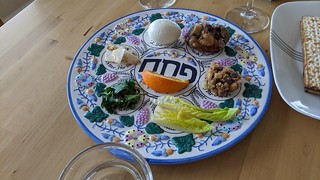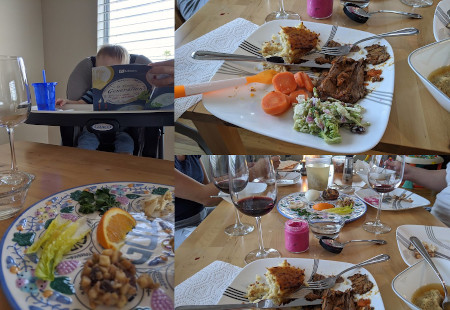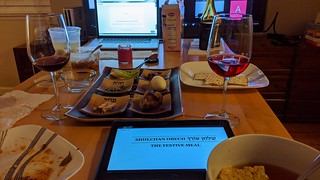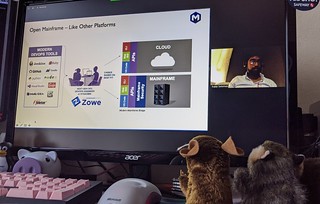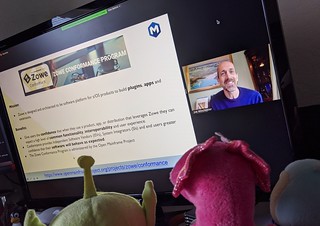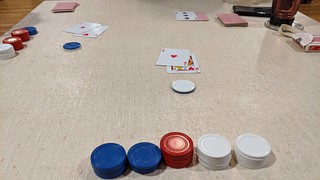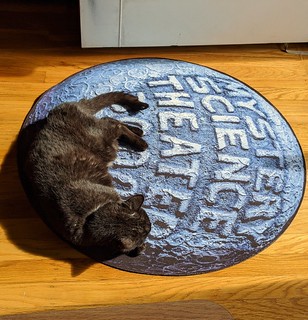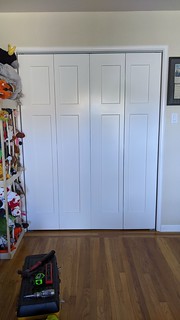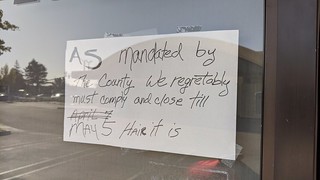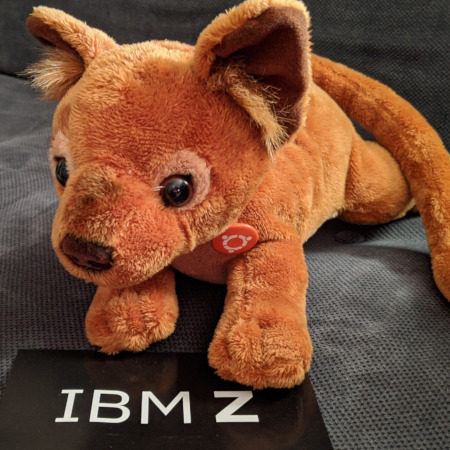As I mentioned back in June, writing about life during a pandemic is tough. Life is pretty boring. We’re still mostly sequestered at home, doing take-out, and avoiding indoor spaces except when necessary. A trip out to Target has turned into a noteworthy activity for the month. The only indoor spaces Adam has been in since March have been his doctor and the post office when it’s closed so I can check the PO Box or drop something in the mailbox.
Last week we had a new adventure though, we went to the local farmer’s market! It’s outdoors, in the nearby BART parking lot. After avoiding it for the whole pandemic, I felt safe enough to check it out. Masks are required, as is social distancing, and everyone seemed to be abiding by the rules. Even if they didn’t, it was just a couple rows of stalls that have always been spaced out, so there’s plenty of opportunity to make a quick exit if we felt uncomfortable. Adam has gone for daily walks around town during the pandemic, but it’s clear he’s still not used to people in masks, so it makes him a bit apprehensive. Still, he seemed happy to see the colorful booths and people.
We also made the leap to an electric hair trimmer for cutting Adam’s hair. We had been using an older one that MJ had for MJ’s hair, but it was a bit too old and noisy for us to feel comfortable using it on Adam. Finally in July we were able to order a nice one that I can use on both of them. It’s pretty quiet, and though there were some tears at the beginning of his haircut, Adam was a champ throughout the bulk of the process. Plus, it’s so much easier and looks so much better than when I was trying to cut it with scissors!
We’re continuing to turn our back yard into a usable space. In addition to the stuff for Adam that I mentioned previously, a pair of benches that convert into a a picnic table came this week for us adults. Now it’s just a matter of assembling them.
On the pregnancy side of things, everything is still looking great for the little one, and I had a 3D ultrasound done! Still, it’s super sad that MJ can’t join me for any of these prenatal appointments due to new pandemic rules at the offices. I video conference him in when I talk to the doctor, but it’s so much better when he can be there holding my hand and seeing the little one squirm and kick. I’m now extra grateful that he was able to come to every one for Adam, so at least we could experience this all together once.
Unfortunately as I approached week 20 (I’m nearing 22 now) I developed pelvic pressure that has turned into pain. It’s not unusual, and I’ve had two appointments (one with my regular OB, one with the higher risk OB, where I got the 3D ultrasound done) and both confirmed that while miserable (one of my doctors had it herself), the pain is something I’ll have to cope with. Thankfully, so far it’s not as bad when I’m working (sitting all day!), the worst pain is when I spend more than a couple hours chasing Adam around and doing chores, so weekends have been particularly difficult. I will have to scale back some activity if it gets much worse. The other night after a particularly active day I was so uncomfortable that I even had trouble falling asleep, and sleep is already hard enough!
Our fluffy son is hanging in there too. He had a bit of a rough spring with multiple vet visits, medications (one on-going) and ultimately a switch to wet food. He seems to have stabilized though. You can still tell he’s an older cat, his weight has dropped, he sleeps more and is a bit unsteady when he awakes from his naps, but he still loves going out in the back yard and waking me up at 5AM to feed him. The transition to wet food has been a little tricky for us with frequent feedings and him just becoming picky about the foods he likes (we rotate through several flavors and styles now). It’s all worth it though, I love him to pieces and I want his last few years to be as comfortable and happy as possible.
The upgrade for the memory in my new-to-me Lenovo T460s came in recently. Replacement was easy, and I’m incredibly happy with how zippy it is. I’m also funny how happy I am with having a thinner, lighter laptop. It’s probably a mix of being older and having more things to carry these days due to being a parent, but oh how my preferences have changed! I totally used to be that “I don’t care how light it is, I want it to be powerful!” person.
Work has been going well, and it’s been incredibly busy these past few weeks. We’re in a particular crunch time at the moment, so I’ve been churning out a lot of material and working on several projects. Things should calm down by mid-September, but then I’ve got a few virtual events on my schedule that I’m presenting at. Tech-wise on my own time, I was also able to carve out some time last month to put together an article on 4 ways I contribute to open source as a Linux systems administrator in time for System Administrator Appreciation Day on July 31st. It’s something I remain passionate about, so I skipped out on a some sleep for a couple of nights to get it done. Open source is so much more than just code, and the more lights we can shine on everything from documentation to infrastructure, the better off we’ll all be as a community. It’s also the one thing I am still actively working on in the free time I devote to open source, as much of my day to day contributions have become de-prioritized since becoming a parent.
This weekend we’re enduring a heat wave, and we’re so grateful for the air conditioning that we had installed last year. Temperatures soared over 100F on Friday, and while cooler today, it’s not by much. I set up Adam’s kiddie pool out back yesterday and he had a lovely time out there with his au pair. The water is good for a couple days, so MJ and I will go back out there with him this afternoon. We also want to finish construction on his Cozy Coupe. The rear axle is a bit loose, so MJ picked up a couple extra washers last night to bridge the gap.
I do hope we can try to assemble the benches as well, but that will largely depend upon my pain and energy levels. Fingers crossed.


